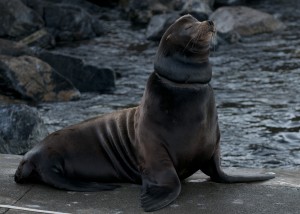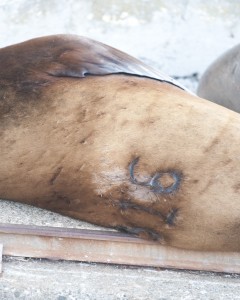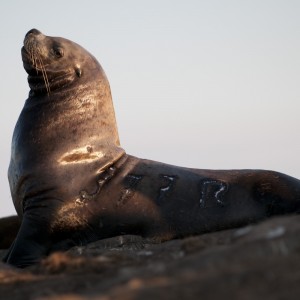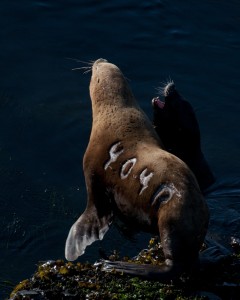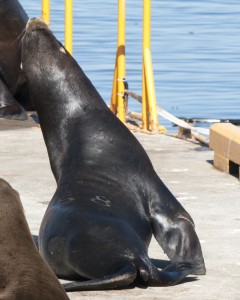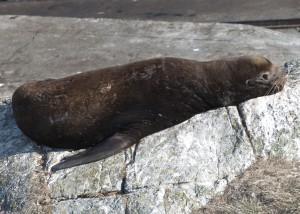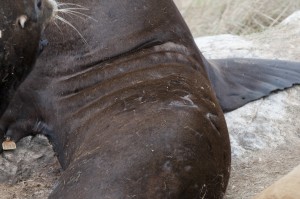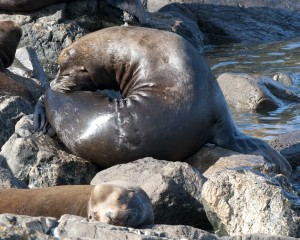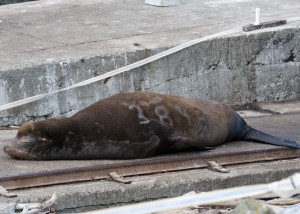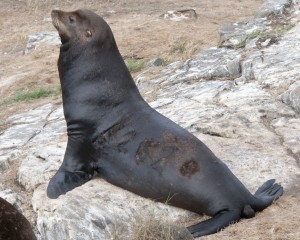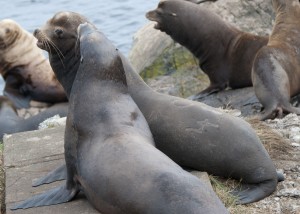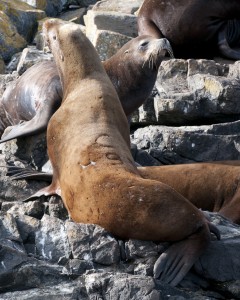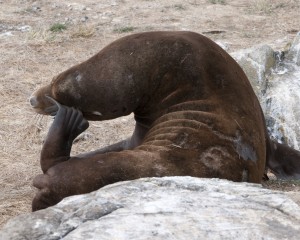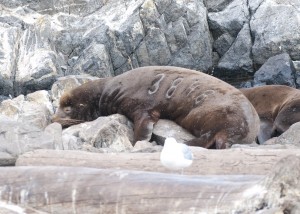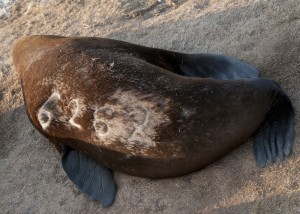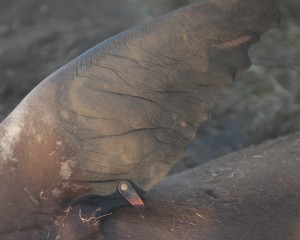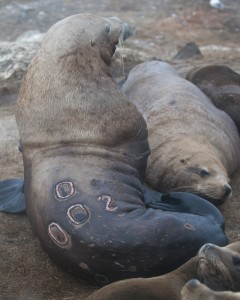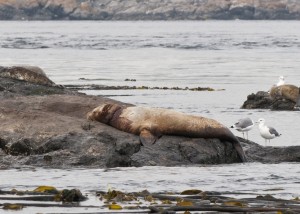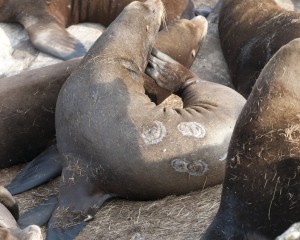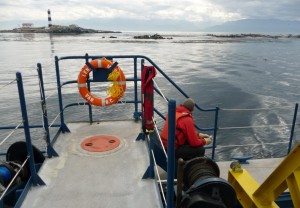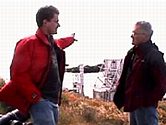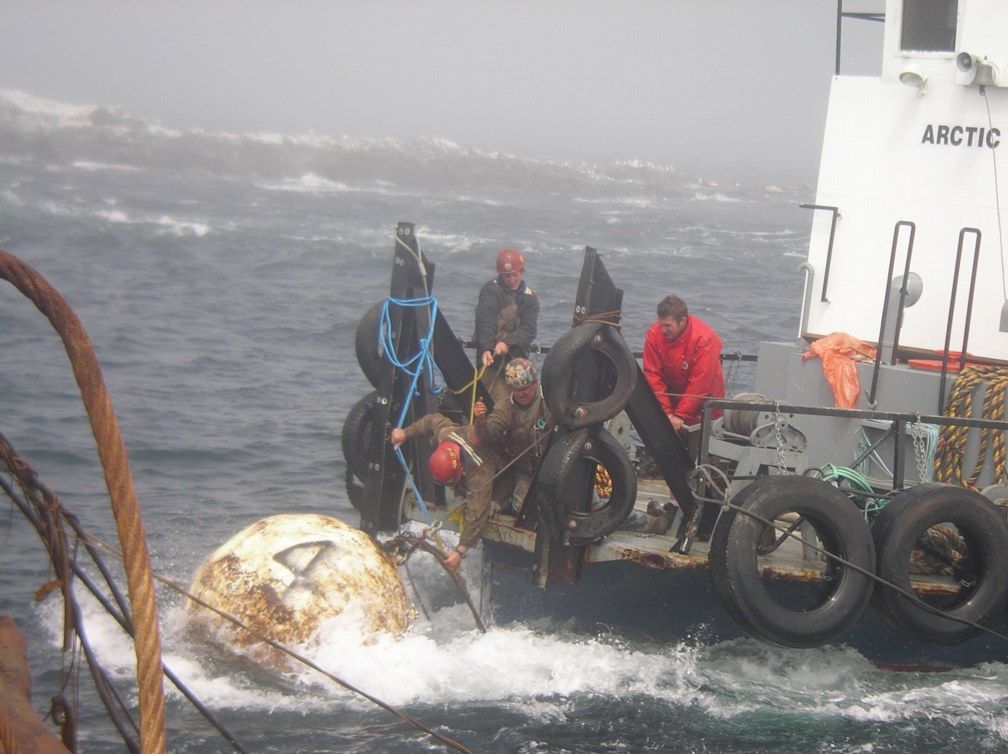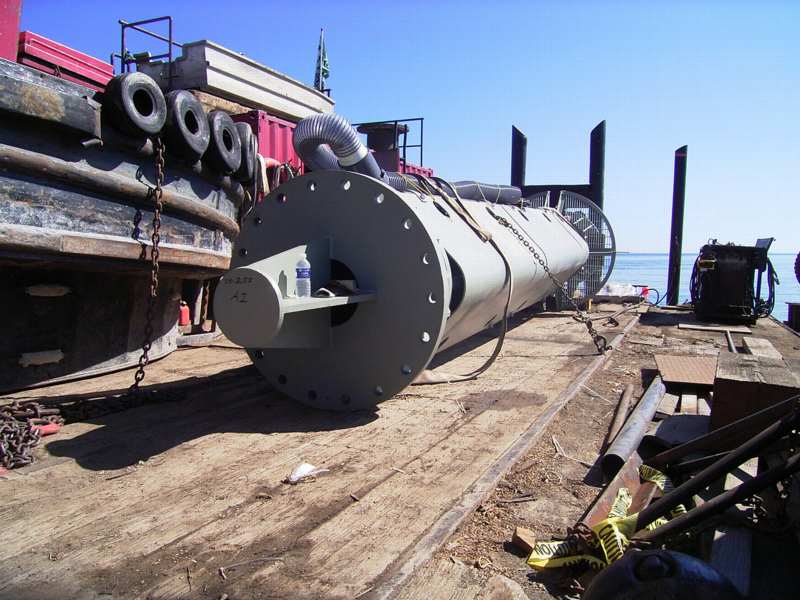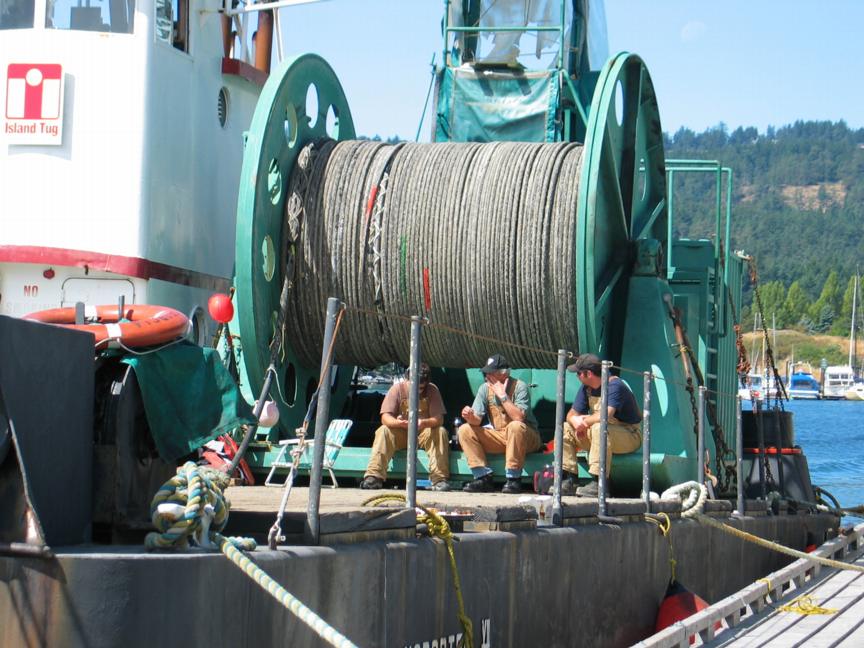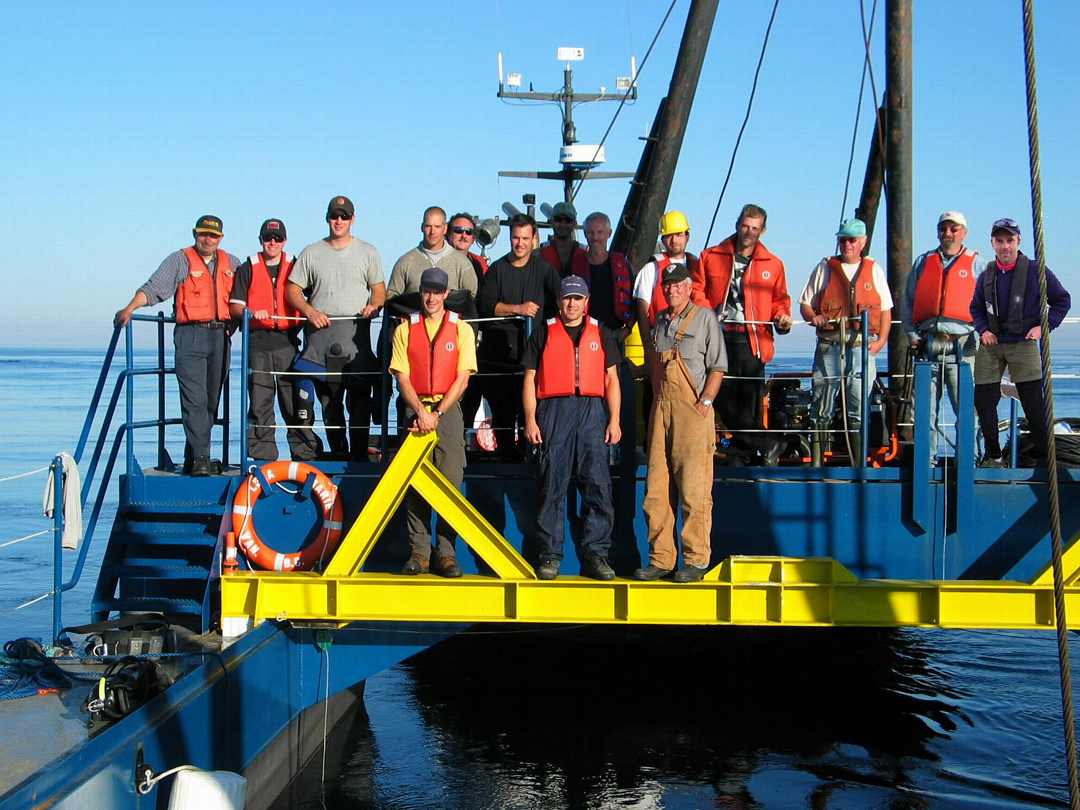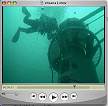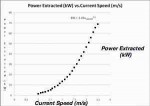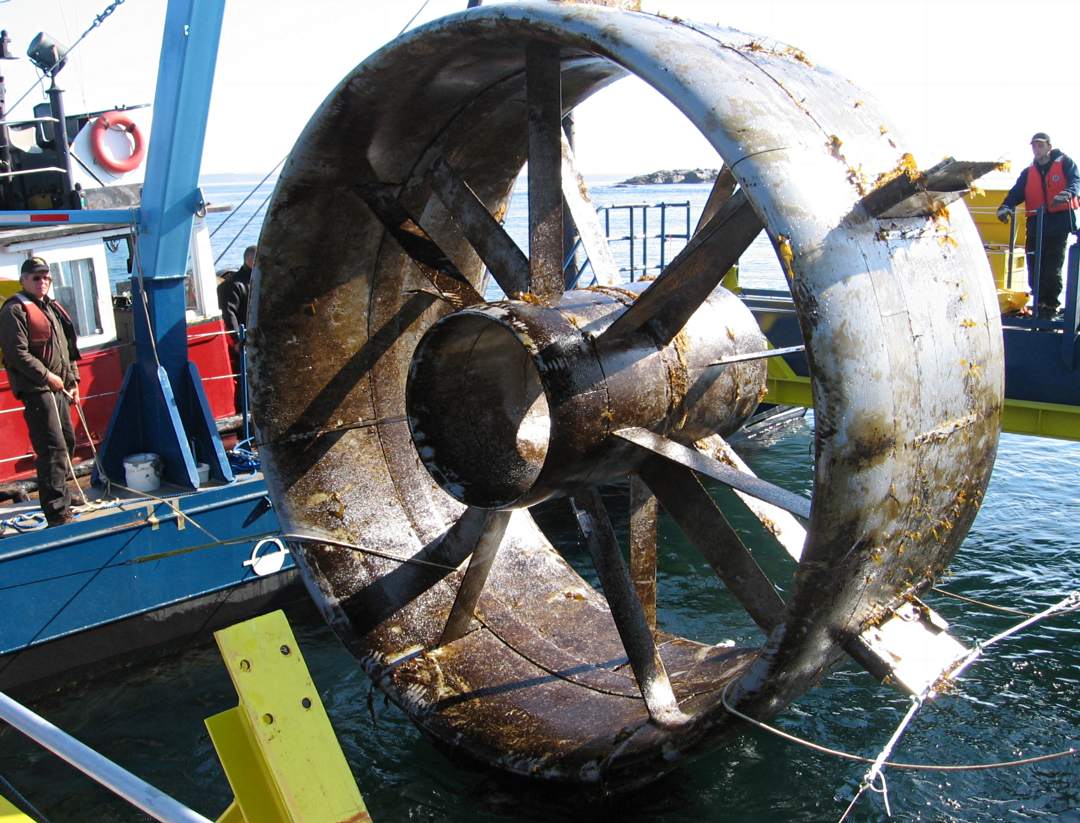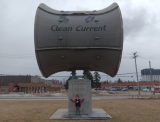Transient & Resident orcas as well as Humpback whales brought eco-tour vessels from all over the Salish Sea to Race Rocks today. 41 vessels were counted as of 15:00. A maximum of 12 vessels were in the reserve at any one time. The manoeuvring and repositioning of 20+ vessels in Race Passage and surrounding the Race Rocks Ecological Reserve was enough at times to drown out the sea gulls and sea lions on Great Race.
The Vancouver-based Vancouver Whale Watching had two boats transit the reserve in pursuit of both orcas and humpbacks. A spokesperson for Vancouver Whale Watching indicated that their vessels do not pursue or chase the whales, they are there to watch them. The Explorathor Express and Explorathor II both entered the reserve from the W (watching whales from behind) as the orcas and humpbacks transited W to E through the N and S ends of the reserve.
The Peregrine, a Washington-based ecotour vessel followed the pattern of the previous two boats.
I am happy to report that local eco-tours showed respect for the Ecological Reserve and did not enter the waters surrounding Race Rocks when the whales were present.
The FastCat vessel however did not wait until it was 400 yards away from Great Race before exceeding 7 knots as it exited the reserve to watch whales as they moved East. There were 41 visitors to the island today.
Monthly Archives: September 2011
Cal. sea lions
With the heavy rain last night, most of the sea lions here at Race Rocks had already taken to the water by sunrise, so counts of hauled out animals during the day were ~50% of those hauled out at night.
California Sea Lion: 102
Osprey and problem boaters
A lone osprey visited the reserve today and was photographed from the lighthouse flying SE across Great Race.
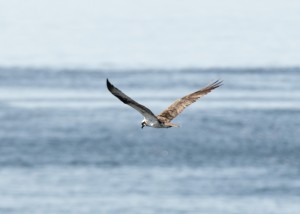 While counting marine mammals from the lighthouse I noticed the sea gulls take flight similar to a bald eagle response. I then saw this osprey flying SE over Great Race about level with the top of the tower. The next day I observed a pair of ospreys hunting in the shallows W of Pedder Bay Marina.
While counting marine mammals from the lighthouse I noticed the sea gulls take flight similar to a bald eagle response. I then saw this osprey flying SE over Great Race about level with the top of the tower. The next day I observed a pair of ospreys hunting in the shallows W of Pedder Bay Marina.
A distinctly different type of person on the water today. As of 13:30 there have been 4 Bayliner-type vessels speed through the reserve. A recreational fishing vessel serial 14K36817 has been illegally fishing the RCA for over an hour now. When hailed on VHF68 an anonymous station twice responded with profanities after which radio communications were obstructed by loud music playing over an open mic. Earlier today a call was put into Pedder Bay Marina to stop their vessels fishing and pulling kelp.
There were 200 visitors to the island today. ( Posted by Ryan)
Sea lion Entanglements and Injuries observed this week
The following is from an e-mail that Ryan Murphy sent to Pat Gearin of NOAA:
“This week’s brands include:
240Y
961
1032
6890
8101
There was also an unbranded juvenile california with a rectangular red tag on it’s front left flipper.—I’m not 100% on the “361” brand, and the “951” might be a “961”. I’ve also attached two photos of neck rings for your files. These are the only 2 entangled animals I’ve seen so far this fall. That’s an ‘improvement’ over last year in both abundance and percentage. Injured c868 is looking much better than when first sighted here. It now holds the injured flipper tight to its body when moving on land, the swelling around the open wound is noticeably reduced.
Tidal Energy Turbine Removal
September 17, 2011: Clean Current Staff and diving contractors return to remove the generator for the last time. The generator returns to Vancouver for a final analysis of structural details after exposure in the ocean over the last three years . After cleaning it is to be sent to the Museum of Science and technology in Ottawa, since it was the first ocean tidal generator to be built and deployed in Canada.
The process of removal starts with the barge Lena Marie positioned above the turbine waiting for slack water.
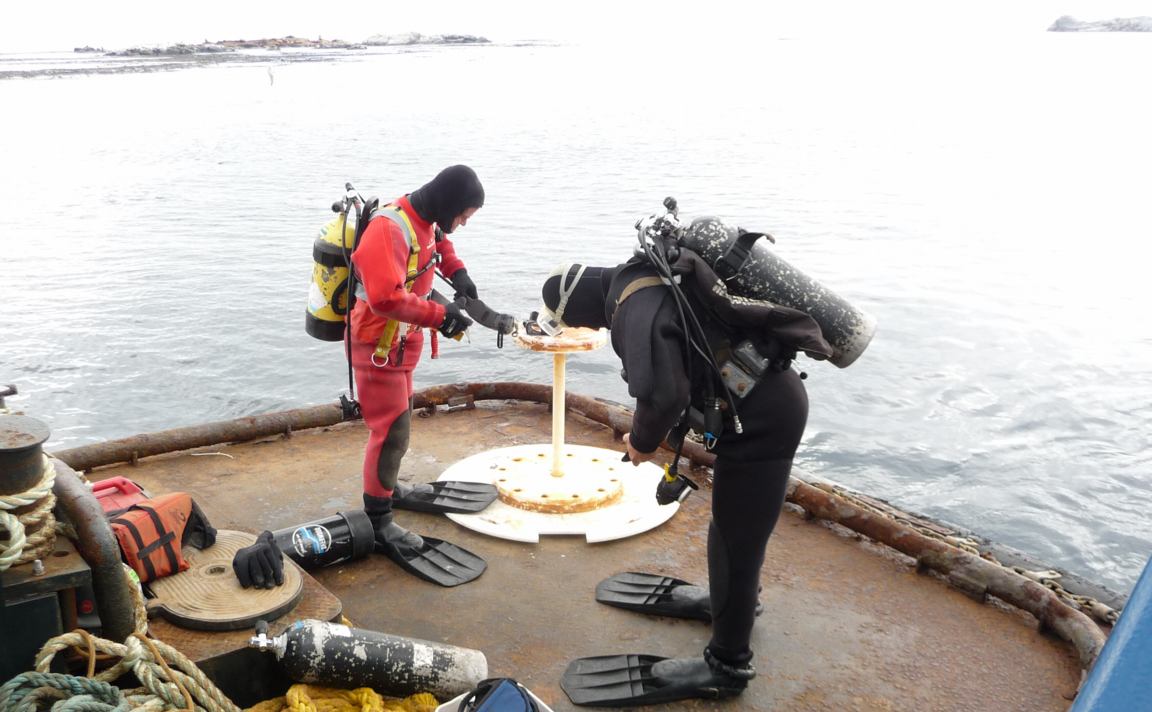 |
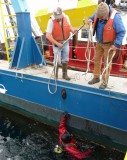 |
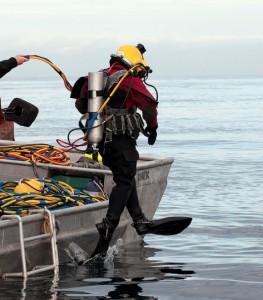 |
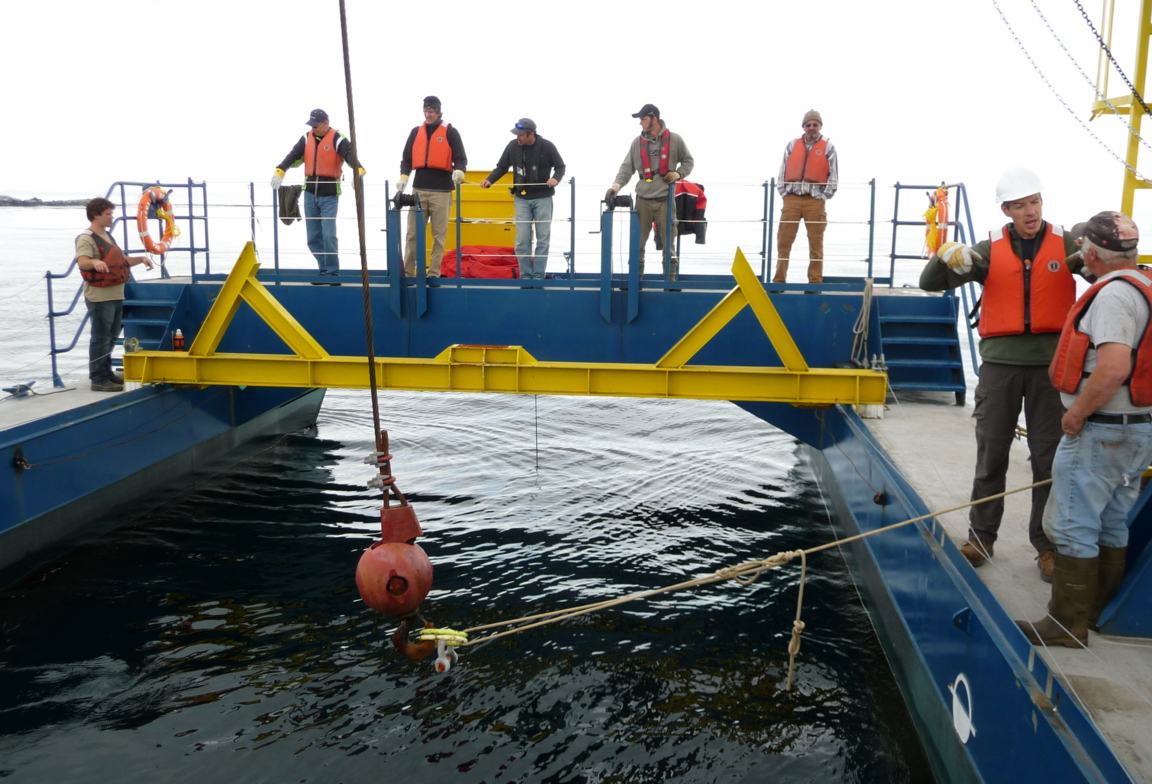 |
| Divers prepare for descending to make preparations for lifting the generator | Passing lines to the divers to stabilize the turbine for lifting | A hard hat diver was deployed to remove the bolts fastening the generator to the piling.( RM photo) | The crew waits on board the Lena Marie as the winch hook is lowered for attachment. |
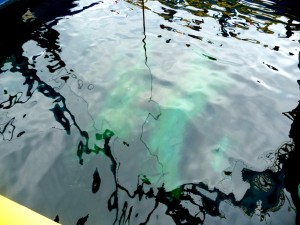 |
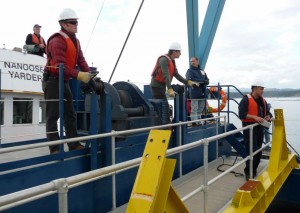 |
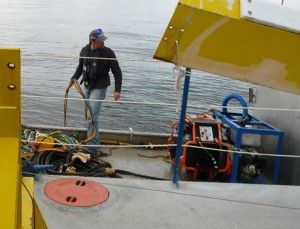 |
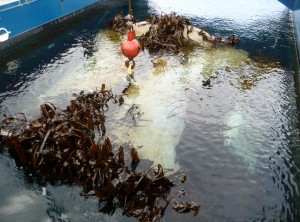 |
| First signs of the generator subsurface. | Clean Current staff controlling the lifting. | Chris Blondeau tending the hard hat diver. | The generator breaks the surface |
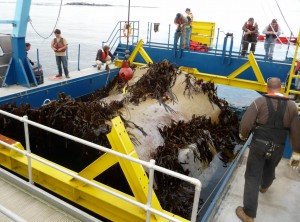 |
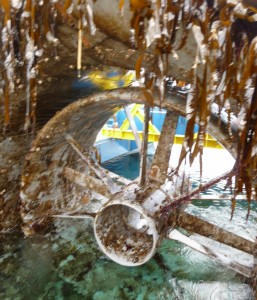 |
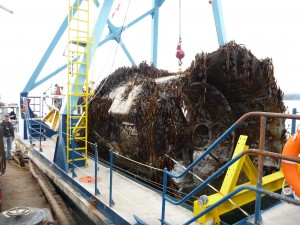 |
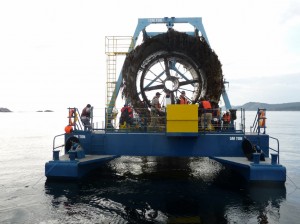 |
| As it emerges, the fouling organisms from the last three years appear. | View of the turbine as the tidal generator comes out of the water. | The predominant macroalgae covering the structure was Laminaria groenlandica. | Lifting operation complete |
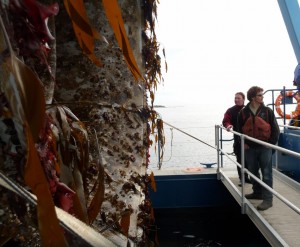 |
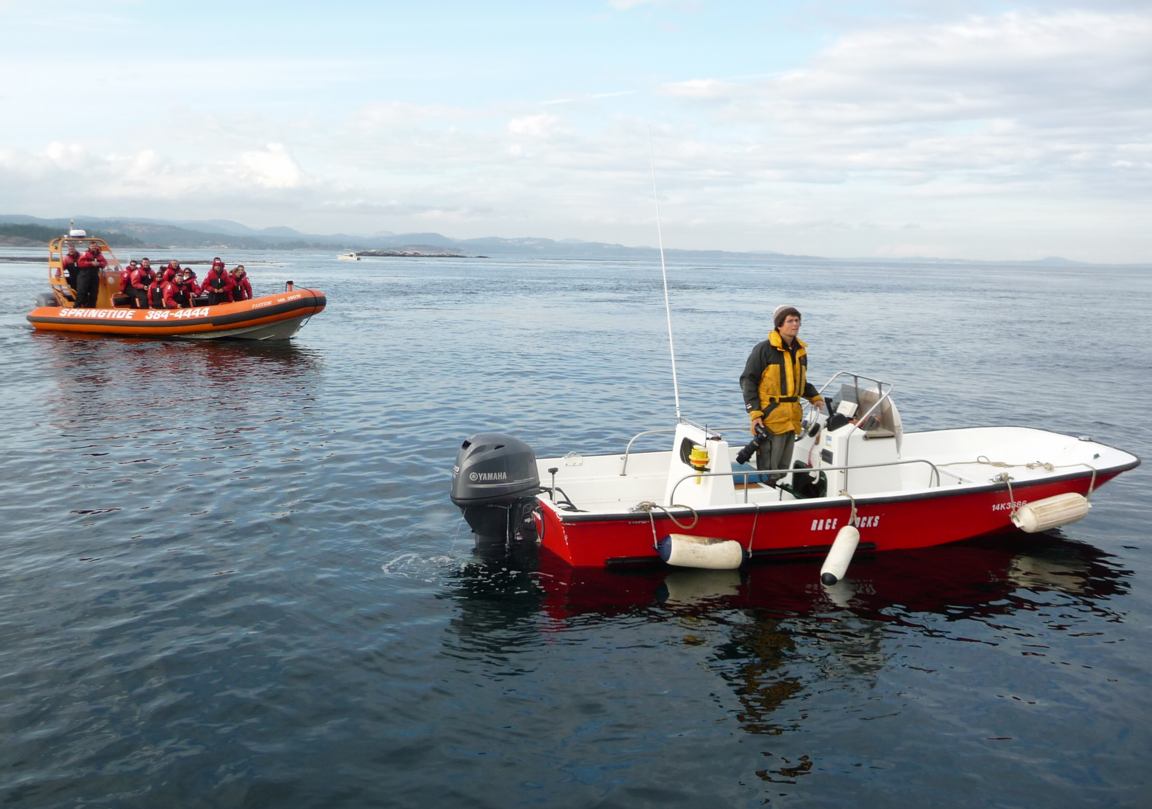 |
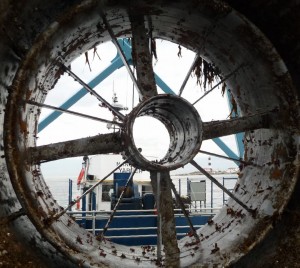 |
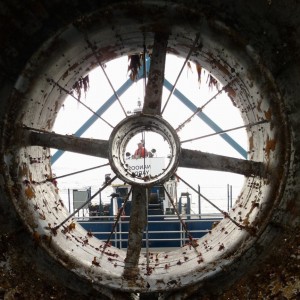 |
| Several red algaes also grow on the structure. | Ryan in the station boat and some curious whale watchers. | Race Rocks through the generator as it heads back to Pearson College. | Tug operator Bruce Davidson seen through the central hole of the generator. |
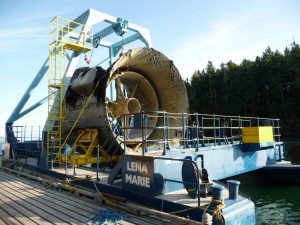 |
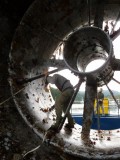 |
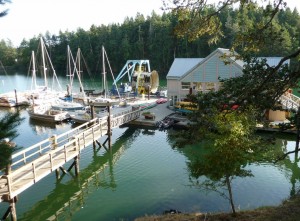 |
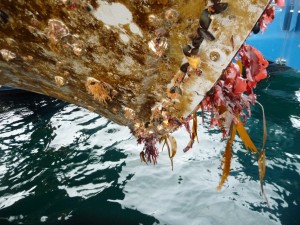 |
| Moored back at the college awaiting transfer to Vancouver. | Erik fastens straps to secure the blades for transport. | Lester Pearson College docks with the generator docked alongside. | Some images of the fouling organisms, part of the ecological succession on the turbine. |
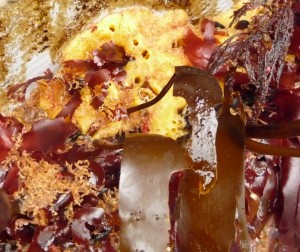 |
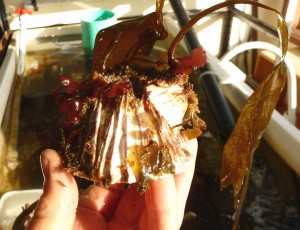 |
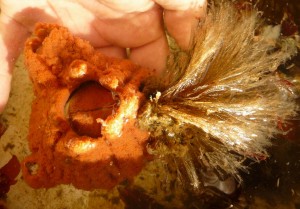 |
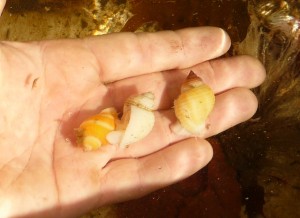 |
| A yellow sponge, probably Mycale toparoki | Very large barnacles that were not Balanus nubilus, but perhaps Semibalanus carriosus were common on the surface. | A unique encrustation of hydroids on a single barnacle. Samples of the many hydroid species were taken by Garry for further identification in the lab. | Interesting colour morphs of Nucella canaliculata
Images by Garry Fletcher |
n conclusion: The Tidal Current Generator operation over the past six years has been an interesting experiment and a good demonstration of the potential power from tidal energy. The value to the Race Rocks program has been largely in the infrastructure that has been developed and installed and the potential for further research. The provision now of most of the energy needs by solar power was only made possible by the large bank of storage batteries provided by the project, the island energy building electrical infrastructure and the partnership with the BC Ministry of Mines and energy which were instrumental in providing the initial solar panels.
Only one student project was developed as a result of the turbine, and this was an analysis of an experiment by Clean Current of the power generation capacity of the generator by Connor Scheu and Wouter Zwart in 2009. In that report, the advantages of the exercise to the company are indicated.
However, due to problems with fibre optic cable malfunctioning and electrical cable leakage, the ability of the generator operate continuously and to provide significant power for the Integrated Energy system at Race Rocks was very limited. It did serve as an adequate base for testing structural materials, and Clean Current provided ongoing support to the Race Rocks program while the turbine was installed.
Garry Fletcher, Race Rocks Ecological Reserve warden
Tidal Current Energy Experiment Comes to an End.
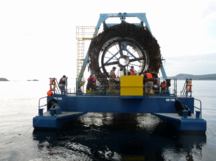 September 17, 2011: Clean Current Staff and diving contractors return to Race Rocks to remove the generator for the last time. The generator returns to Vancouver for a final analysis of structural details after exposure in the ocean over the last three years . After cleaning, it is to be sent to the Museum of Science and Technology in Ottawa, since it was the first ocean tidal generator to be built and deployed in Canada.
September 17, 2011: Clean Current Staff and diving contractors return to Race Rocks to remove the generator for the last time. The generator returns to Vancouver for a final analysis of structural details after exposure in the ocean over the last three years . After cleaning, it is to be sent to the Museum of Science and Technology in Ottawa, since it was the first ocean tidal generator to be built and deployed in Canada.
“In conclusion: The Tidal Current Generator operation over the past six years has been an interesting experiment and a good demonstration of the potential power from tidal energy. The added value to the availability of energy for Race Rocks was however very disappointing.
The main value to the Race Rocks program has been in the infrastructure that has been developed and installed and the potential for further research. The provision now of most of the energy needs by solar power was only made possible by the large bank of storage batteries provided by the project, the island energy building electrical infrastructure and the partnership with the BC Ministry of Mines and energy which were instrumental in providing the initial solar panels. Installation of further solar panels and upgrades by Lester Pearson College UWC has helped to ensure energy sustainability for Race Rocks.
–Garry Fletcher
Divers prepare for turbine removal
Divers attached buoys to the 4 anchor blocks this morning as the tidal turbine removal gears up. There were 8 visitors to the island today.
Tidal Current Energy Project at Race Rocks 2006-2011
Background of the Integrated Energy Project for Race Rocks:
Starting in 1997, Lester B. Pearson College had to raise the funds to keep the diesel generators working to supply electricity to the island. The cost of doing this was originally $11,000 per year and within 4 years reached $20,000. The lighthouse light and foghorn had been made energy self- sufficient with 8 solar panels and a battery array installed by the Coast Guard by 1997. By 1998 we were proposing to develop support for alternate energy technologies to make the rest of the island energy-self sufficient and in so doing, create a curriculum resource on alternate energy for science courses at Lester Pearson College and elsewhere.
The Tidal Current Energy Project which was part of the Integrated Energy Transition at Race Rocks operated from 2006 to 2011. It was essentially a big experiment, and was one that showed the difficulties encountered in working with Tidal Energy installations, while providing the leverage to help Race Rocks transition from fossil fuels to environmentally sustainable forms of energy in operation of a remote educational facility.
This archive provides a chronological account of the process we at Lester Pearson College undertook in this endeavour.
History and Background Information on the Alternate Energy Project at Race Rocks.
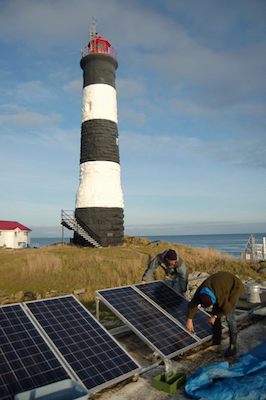 Along with the Tidal energy part of the project , there was also the Solar energy component. It is profiled here: The Solar Energy Component of the Integrated Energy project
Along with the Tidal energy part of the project , there was also the Solar energy component. It is profiled here: The Solar Energy Component of the Integrated Energy project
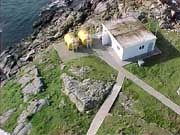 Traditional Energy Generation
Traditional Energy Generation
By Diesel Oil at Race Rocks .Environmental Impacts of the Existing Diesel Powered Generator
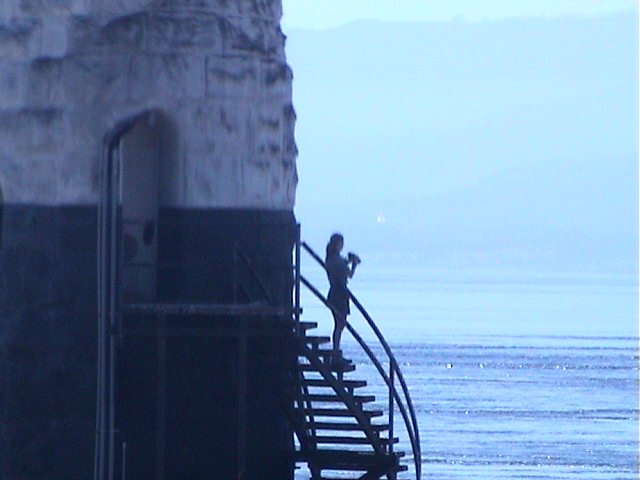 Environmental protection of the Ecological Reserve with the Installation of the Tidal current Generator at Race Rocks..2004
Environmental protection of the Ecological Reserve with the Installation of the Tidal current Generator at Race Rocks..2004
BC Parks Use Permit for the tidal energy project..2004
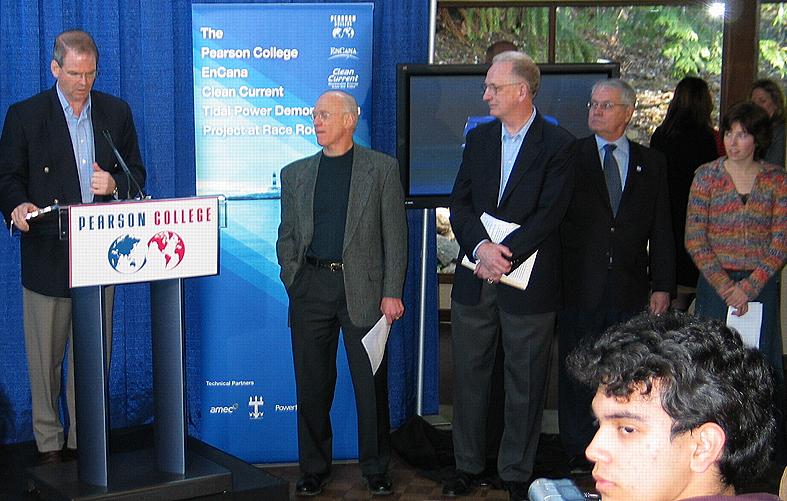
ENCANA Partners to enable Pearson College- ENCANA – Clean Current Tidal Power Demonstration Project at Race Rocks Feb 25, 2005
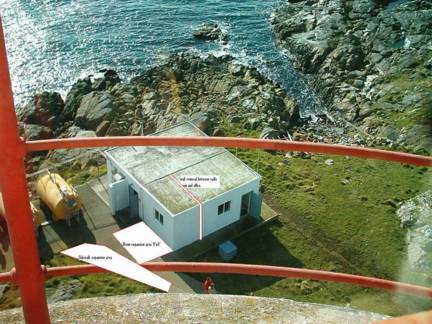 Preliminary Environmental Screening for building of Battery Storage facility May 2005
Preliminary Environmental Screening for building of Battery Storage facility May 2005
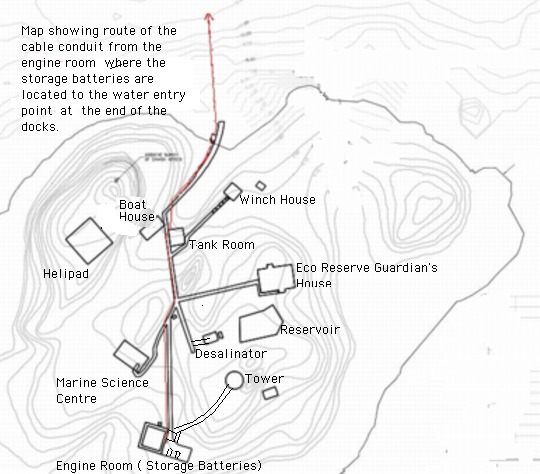 BC Parks Preliminary Assessment for Cable entry and crossing of the island May 2005
BC Parks Preliminary Assessment for Cable entry and crossing of the island May 2005
U nderwater testing of structural materials to be used for the turbine
nderwater testing of structural materials to be used for the turbine
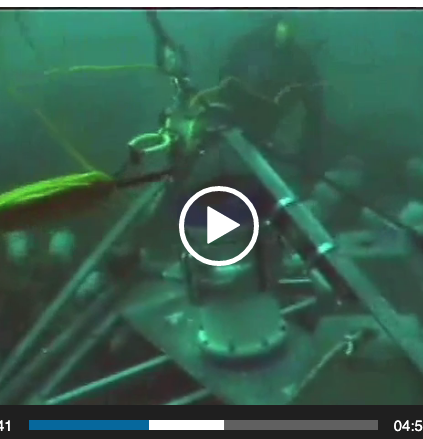 Deployment and retrieval of the ADCP instrument for Current measurement 2005
Deployment and retrieval of the ADCP instrument for Current measurement 2005
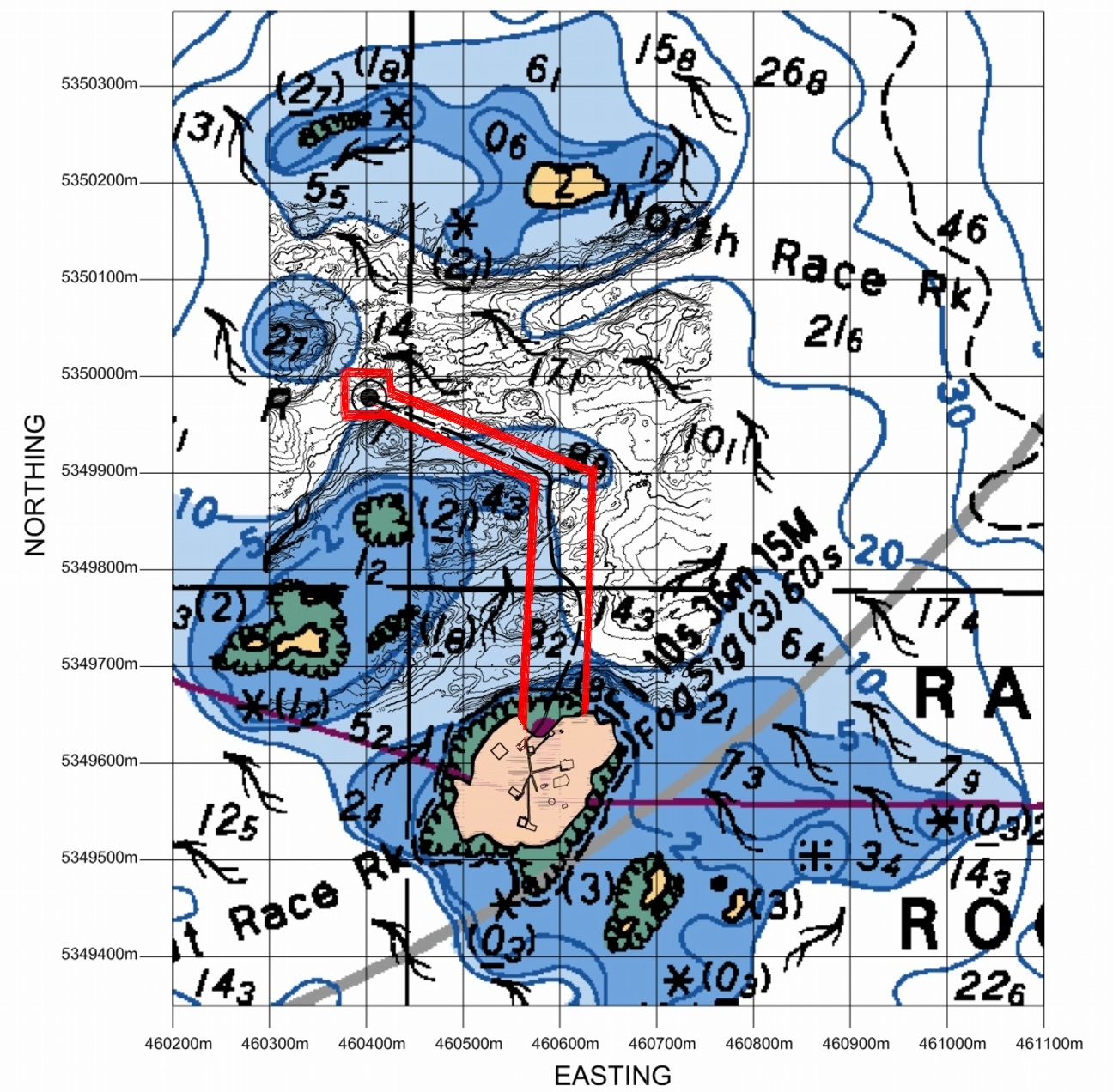 BC Parks Impact Assessment Process for Piling Location , Nov2 2005
BC Parks Impact Assessment Process for Piling Location , Nov2 2005
Nov 2 2005
 Video of Invertebrates on the substrate at Tidal Current Energy site March 2006
Video of Invertebrates on the substrate at Tidal Current Energy site March 2006
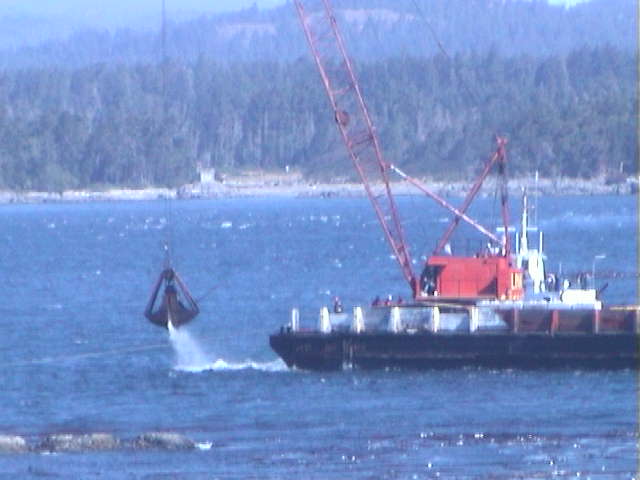 Dredging the overburden for the tidal energy installation.
Dredging the overburden for the tidal energy installation.
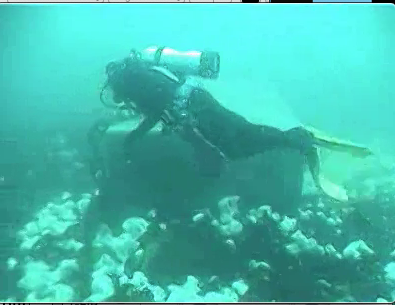 Installation of the Anchors for Drilling for the Tidal Current Energy Project
Installation of the Anchors for Drilling for the Tidal Current Energy Project
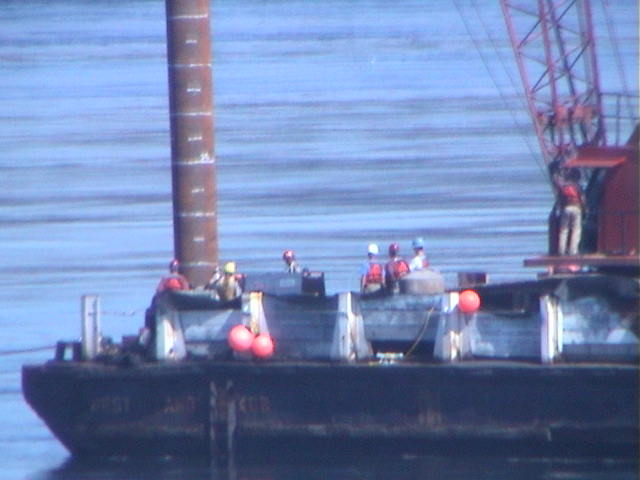 Drilling for the Piling Installation
Drilling for the Piling Installation
Drilling Problems encountered in installation of the tidal current energy Piling
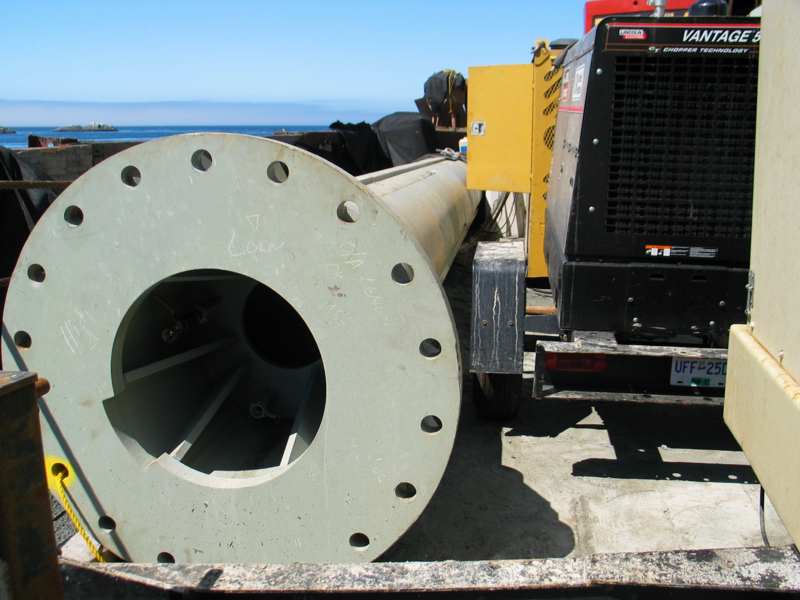 Installation of bottom part of the piling
Installation of bottom part of the piling
Installation of upper part of the piling
Laying of the cable to shore Aug.20-22, 2006
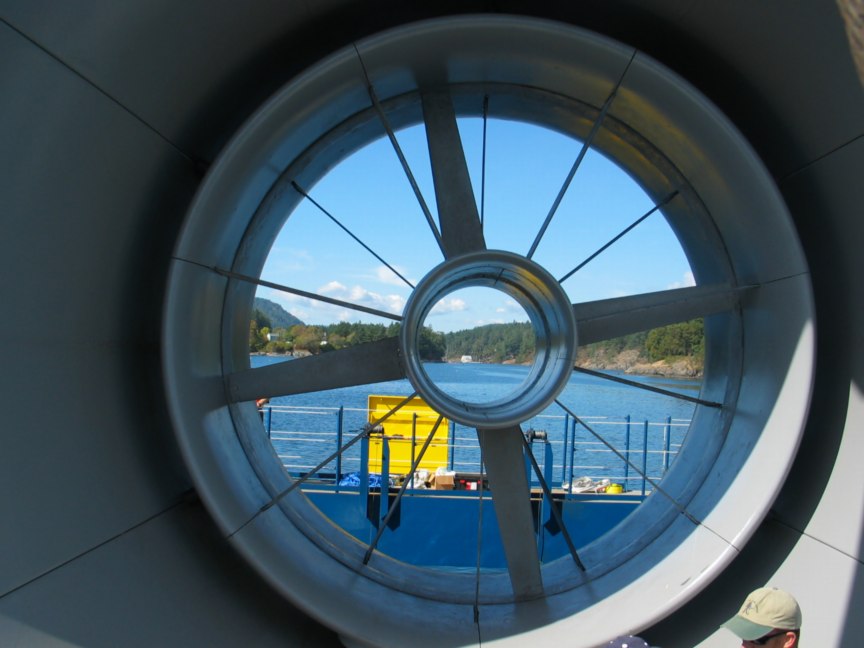 Testing of the Turbine in Pedder Bay
Testing of the Turbine in Pedder Bay
Installation of the turbine Sept. 27, 2006
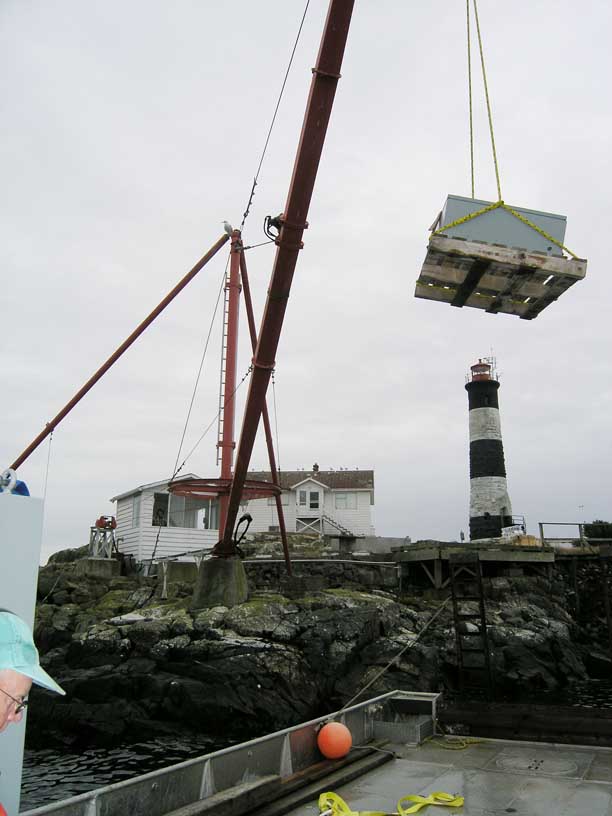 Installation of the turbine control unit Sept 2006
Installation of the turbine control unit Sept 2006
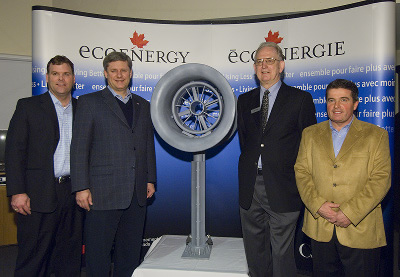 PM Stephen Harper visits Race Rocks for an “ecoenergy announcement” Jan 19, 2007
PM Stephen Harper visits Race Rocks for an “ecoenergy announcement” Jan 19, 2007
Video on the Pearson College, EnCana, Clean Current Tidal Power Demonstration Project at Race Rocks
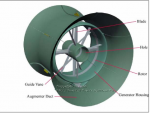 Presentation at the European Commission Coordinated Action on Ocean Energy (CA-OE)Workshop on Environmental, Economics, Development Policy, and Promotion of Opportunities, Copenhagen, Denmark 26-27 April 2007
Presentation at the European Commission Coordinated Action on Ocean Energy (CA-OE)Workshop on Environmental, Economics, Development Policy, and Promotion of Opportunities, Copenhagen, Denmark 26-27 April 2007
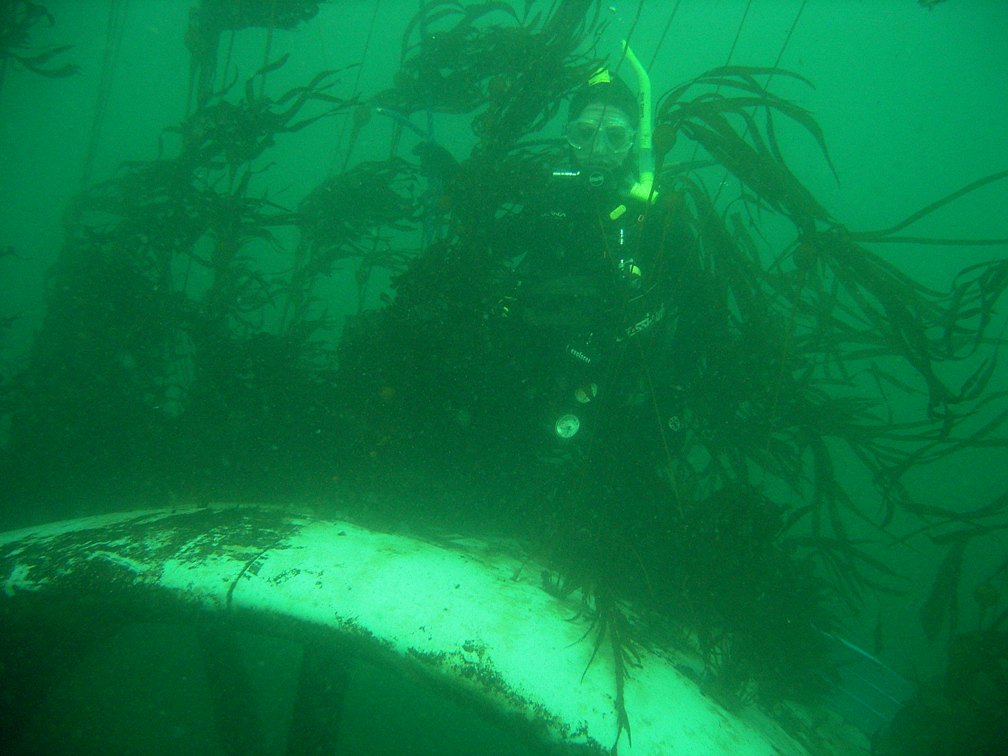 6 months of growth on the Tidal Current turbine April 2007
6 months of growth on the Tidal Current turbine April 2007
Connor Scheu and Wouter Zwart April 2, 2009 the outputs of energy from the system.
April, 2007.The tidal energy turbine is raised to change the bearings which had been deteriorating faster than expected.
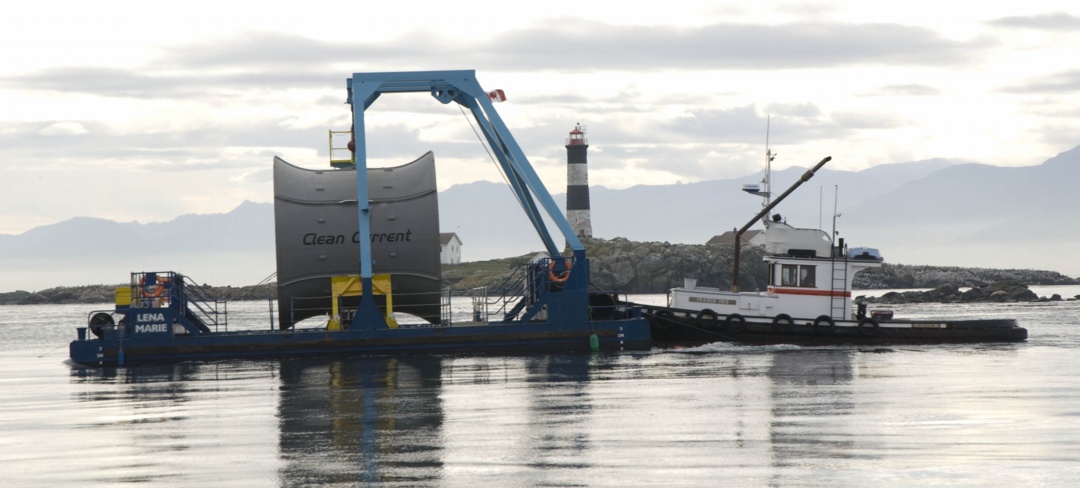 Redeployment of the Tidal Energy Turbine October 2008
Redeployment of the Tidal Energy Turbine October 2008
 Underwater materials performance testing/fouling 2008
Underwater materials performance testing/fouling 2008
 END of Tidal Energy project and removal of Turbine
END of Tidal Energy project and removal of Turbine
Census, birds and mammals
Sea lion populations have stabilized in terms of numbers. With just ~250 California’s and ~150 Steller’s. Ever since the earthquake on 09/09/11 (which was not felt by me here), the sea lions have moved up from “the arena” and East bay on Great Race to surround three sides of the Keeper’s residence. They have blocked 2 of 3 entrances! They can be shooed away, but return during the night. The cool winds and overcast days permit them to sleep comfortably during the day only to be particularly raucous during the night. The transition between Glaucous winged gulls and their winter replacements the Thayer’s gulls has begun. Some Heermann’s gulls are present now as well. It appears at least one oystercatcher clutch was successful as an adult pair and their two fledged chicks are still present on Great Race.
Pandion haliaetus: Osprey—The Race Rocks Taxonomy
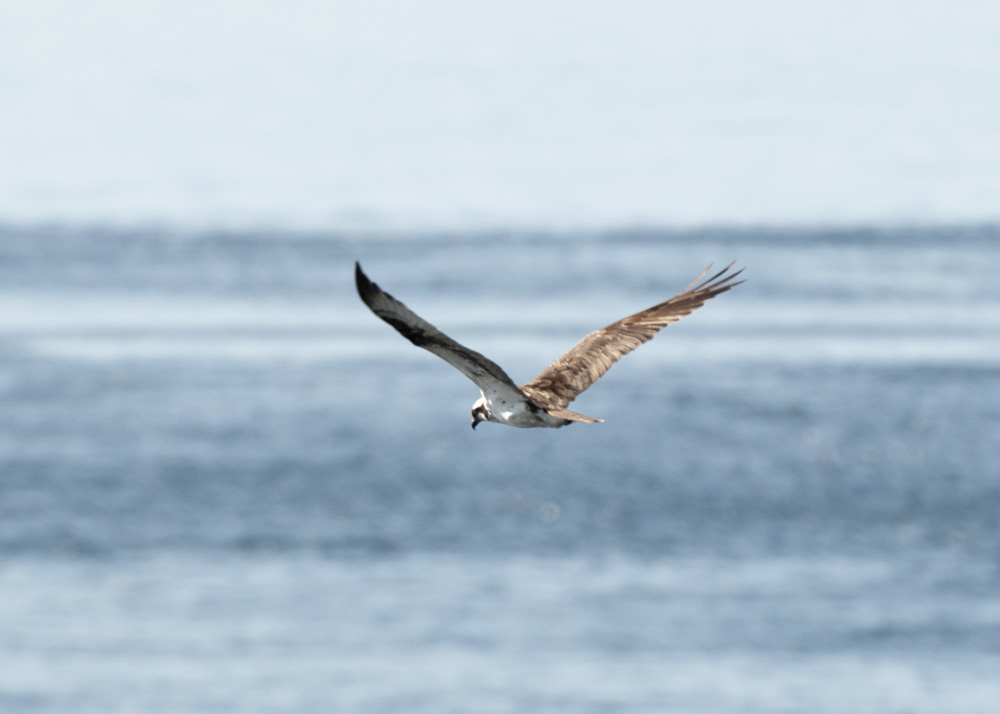
This is the first image taken of this species at Race Rocks. Ryan states: “While counting marine mammals from the lighthouse I noticed the sea gulls take flight similar to a bald eagle response. I then saw this osprey flying SE over Great Race about level with the top of the tower. The next day I observed a pair of ospreys hunting in the shallows West of Pedder Bay Marina.”.We have seen ospreys previously in Pedder bay, where a pair had a nest up until the early-1980’s.
| Image by Ryan Murphy |
| Other Members of the Class Aves at Race Rocks |
and Image File |
 The Race Rocks taxonomy is a collaborative venture originally started with the Biology and Environmental Systems students of Lester Pearson College UWC. It now also has contributions added by Faculty, Staff, Volunteers and Observers on the remote control webcams. The Race Rocks taxonomy is a collaborative venture originally started with the Biology and Environmental Systems students of Lester Pearson College UWC. It now also has contributions added by Faculty, Staff, Volunteers and Observers on the remote control webcams.
Ryan Murphy |

